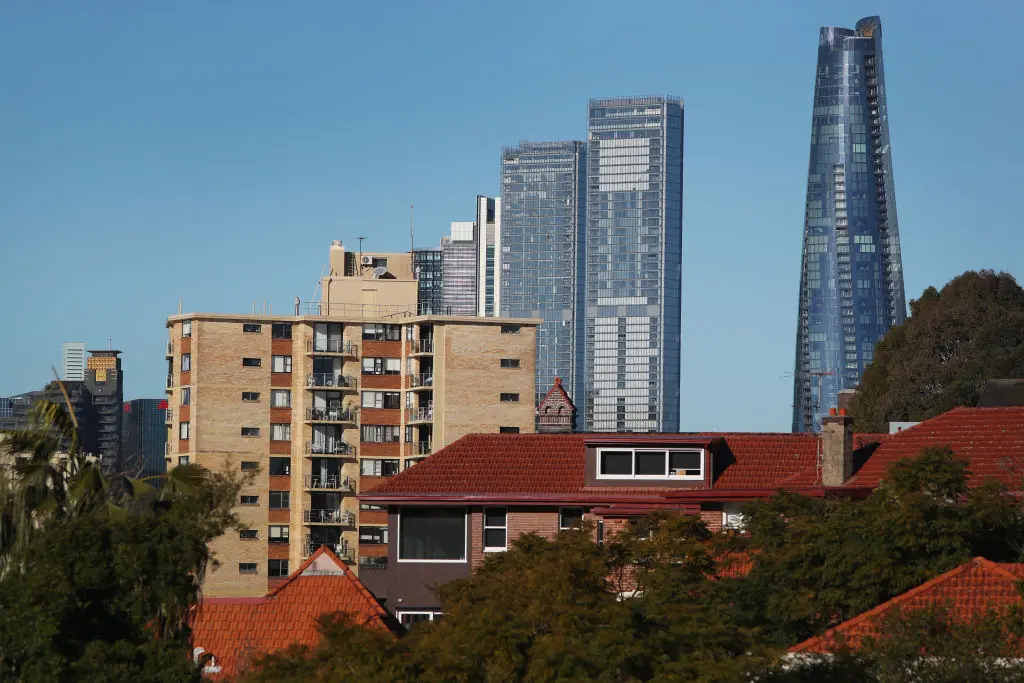On the final sitting day of Parliament, Prime Minister Anthony Albanese claimed the centre-right Liberal Party was catering increasingly to the fringe right with the recent exits of Moderate faction MPs.
During a speech on childcare reforms, Albanese criticised the party’s leadership, claiming that those with a vision for a “better Australia” were no longer welcome in the Liberal Party fold.
“Will the last Moderate in the Liberal Party turn the lights out before they leave the building?”
While Labor Treasurer Jim Chalmers said the party was no longer “middle-of-the-road” and had become an “extreme right party” no longer welcoming of diversity of thought.
Traditionally, the Liberal Party has been divided into two major factions—the Right and Moderates, with smaller factions coming and going.
The Moderates historically stood for free market liberalism and not social conservatism, preferring to eschew “culture war” debates, whereas the Right has tended to embrace both.
Since the accession of Peter Dutton to the opposition leadership and the defeat of the Morrison government in 2022, the Right has steadily gained more influence with the Moderate faction waning.

The party’s decision to oppose The Voice referendum and embrace nuclear are examples of Right faction influence.
In his farewell speech, Senator Birmingham lamented the rise of divisive politics on both the left and right, warning that the focus on culture wars and personality clashes was a threat to social cohesion.
The Decline of the Moderate Faction
The exodus of Moderates from the Liberal Party is not a new phenomenon.
Prior to that, the stepping down of former Prime Minister Malcolm Turnbull, former Foreign Affairs Minister Julie Bishop, and former Defence Minister Christopher Pyne during 2017-19 was also a major development.
Among its current members, Deputy Liberal Leader Sussan Ley, though still considered a Moderate, has remained largely silent on factional divides.
Other Moderate voices, such as Andrew Bragg, Dave Sharma, and Bridget Archer, continue to exist within the party but hold little sway over policy.
Labor’s Challenges: A Changing Political Landscape
Meanwhile, the centre-left Labor Party faces its own internal challenges.This means Labor’s Left could continue to dominate.







